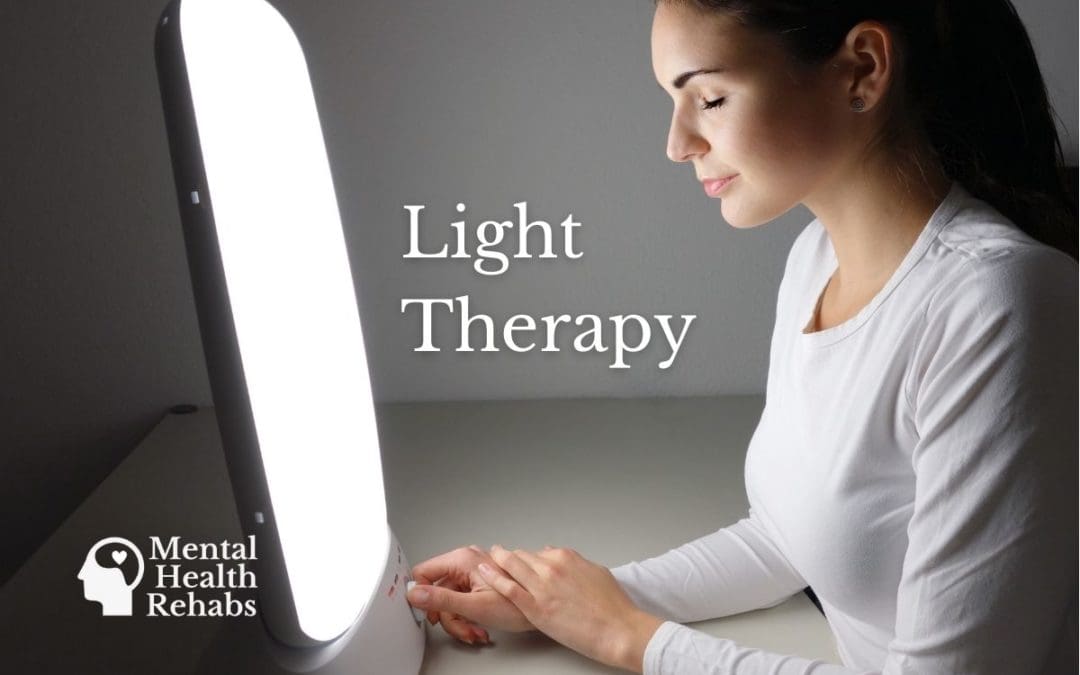The sun affects your day-to-day more than you might think. In the autumn and winter when the days are short, the resulting lack of sunlight can cause what’s best known as a seasonal affective disorder (SAD) or seasonal depression. However, there’s a surprisingly simple treatment for this mood disorder: light. Many Americans use lamps for seasonal depression and have found that just a few minutes can do wonders for their mental health and minimize the disruptive side effects.
Seasonal Affective Disorder vs. Depression
Seasonal depression (which was previously known as seasonal affective disorder and fittingly referred to as SAD, for short) is a type of depression estimated to affect approximately 5% of Americans any given year. These seasonal fluctuations of SAD have many of the same characteristic symptoms of depressive disorder: apathy, lethargy, low self-esteem, sleep issues, and changes in appetite that persist for months on end. However, these symptoms are often much more severe in general depression than seasonal depression.
What distinguishes seasonal affective disorder from depression is that symptoms only last 4-5 months and are recurrent with the changing of the seasons. These fluctuations in mood tend to occur in the fall and winter months when the days are shorter and sunshine is in short supply. Seasonal depression can occur in the spring and summer months and is known as Summer-pattern SAD, though it’s very uncommon. General depression on the other hand is not caused by seasonal fluctuations of daylight (though it can be affected by external factors such as sunlight, stress, or drug use).
Why Use Lamps For Seasonal Depression?
It’s not an old wives tale, something as simple as light can indeed help ease certain mental illness symptoms. Lamps and other types of light sources have proven to be effective in up to 85% of diagnosed SAD cases. This non-invasive treatment is known as light therapy which uses exposure to an artificial light source (LED as opposed to UV light) to mimic the serotonin-boosting abilities of sunlight to counteract the various symptoms of depression as well as other disorders such as narcolepsy and bipolar disorder.
Light therapy has other benefits besides improving mood regulation. In addition to a shortage of serotonin, individuals with seasonal depression also had higher levels of melatonin–a sleep hormone. Exposure to bright light can signal the brain to reduce melatonin production, restoring a person’s circadian rhythms. Correcting one’s biological clock can lead to improved sleep at night and increased alertness during the day.
How Light Therapy Works
As little as 20-30 minutes of sitting near a sunlight-imitating source can have major mood benefits (though it may take as little as a few days or up to two weeks for its effects to be noticeable). However, it’s important to note that not just any old lamp will do. There are lamps specifically made to treat seasonal depression which have extra strong light output–up to 20x stronger than regular indoor lighting. For this reason, typical light fixtures in a house such as a reading lamp or bathroom light won’t be sufficient. Neither are LED lamps intended to treat skin conditions that use blue and red light to target skin-specific concerns.
Lamps for treating seasonal depression don’t require a prescription to purchase. Bear in mind that these lights aren’t regulated by the Food and Drug Administration (FDA) so be sure to research the specifications of any potential purchase.
Choosing a Lamp to Treat Seasonal Depression
So what lamps can you use for seasonal affective disorder? SAD lamps are often commonly referred to as lightboxes and can range in size, style, strength, and shape.
What’s most important when it comes to choosing one is that it has the appropriate voltage. They can range from 2,500 to 10,000 lux of fluorescent, with the higher end of this range being the ideal. Lower voltage lamps might still be effective but will require longer sessions.
Another important factor to keep in mind is the lamp size. Larger lamps are brighter (have a higher lux) which makes them more efficient. They also have a greater surface area, which makes them more practical to use and time-efficient (shorter sessions of exposure needed).
Here are some recommendations to get the most out of a lightbox therapy for seasonal depression:
- Choose a non-UV emitting light. Ultraviolet light can be dangerous and increases the likelihood of adverse health consequences.
- Use the light box within the first hour of waking up.
- Place the light source at a distance of 16-24 inches from the face.
- Don’t look directly at the light source
When in doubt about which type of SAD lamp to buy or the ideal amount of time for a lightbox therapy session, find a mental health professional near you today.

